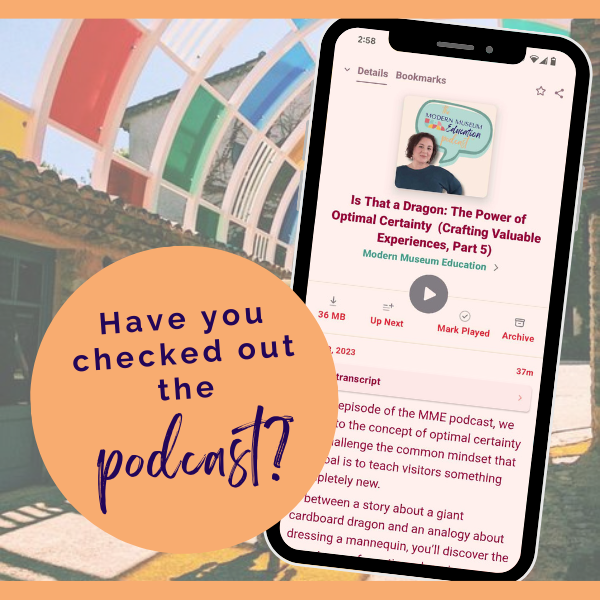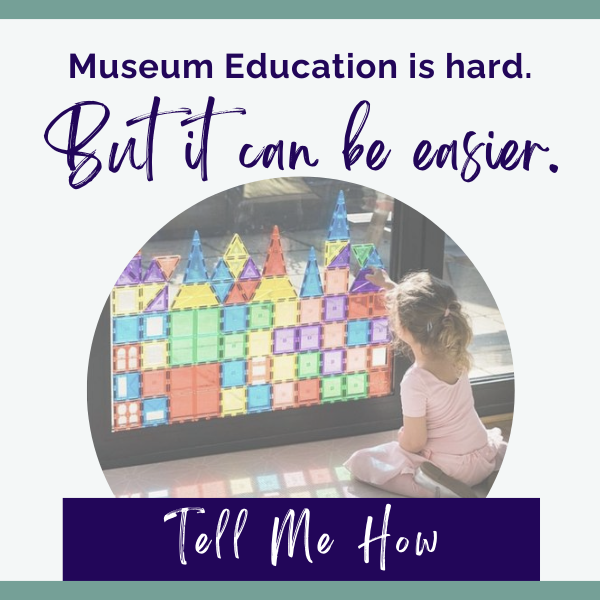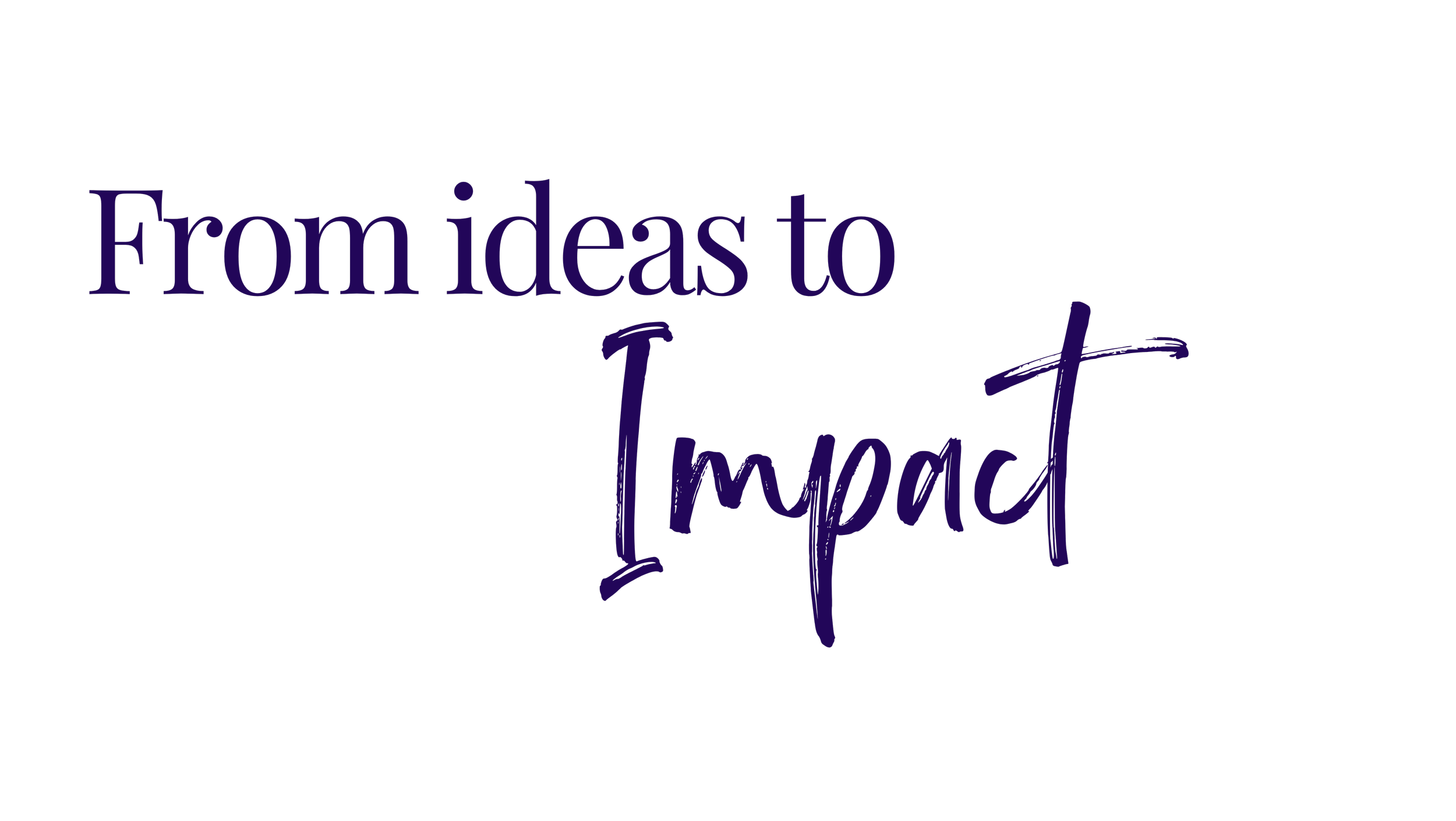Empathy First: Human- Centered Design in Education Programs
12 Days of Christmas Day 8
December 18, 2025
Welcome back to the 12 Days of Christmas: Museum Education Edition!
In this episode, we explore the transformative power of human-centered design in creating museum programs that truly resonate with visitors. Whether you're designing for school groups, families, or adult learners, this approach puts people at the center, ensuring relevance, meaning, and engagement for all.
Key Insights
There are three phases of Human-Centered Design:
Inspiration: Understand your audience deeply through research, observation, and empathy.
Ideation: Brainstorm bold, creative solutions while involving diverse stakeholders.
Implementation: Pilot, test, and iterate programs for consistent improvement.
Practical Tips
Human Centered Designs allows you to develop more relevant and meaningful programs. Approaching your program plans from this mindset will encourage you to seek out collaboration, which will instill a sense of ownership among your stakeholders. And best of all, human centered design depends on constant revision, so you can build in continuous improvement for long-term success!
To use Human Centered Design principles in your museum education program planning, try these practical tips:
Observe visitor behavior and ask for feedback to identify needs.
Collaborate with team members, visitors, and community stakeholders.
Use iterative processes to refine programs based on real-time feedback.
Where have you seen empathy—or the lack of it—shape a program’s success? Let’s discuss it over on LinkedIn.
Let’s Close Those “Someday” Tabs for good
Museum education projects shouldn’t have to linger in the background.
Click here to learn how I can help make things easier for you. Or just drop me a quick message and we’ll untangle your problems together.
It took me years to figure out what really turns a spark into substance on the museum floor.
But now you can get access to multiple field-tested tools to plan, run, and evaluate programs! Avoid common program pitfalls, survive summer camp season, evaluate a program’s ROI without a headache, and more!
Download them all with one free sign-up. (Bonus - you’ll get access to all future resources, too!)









